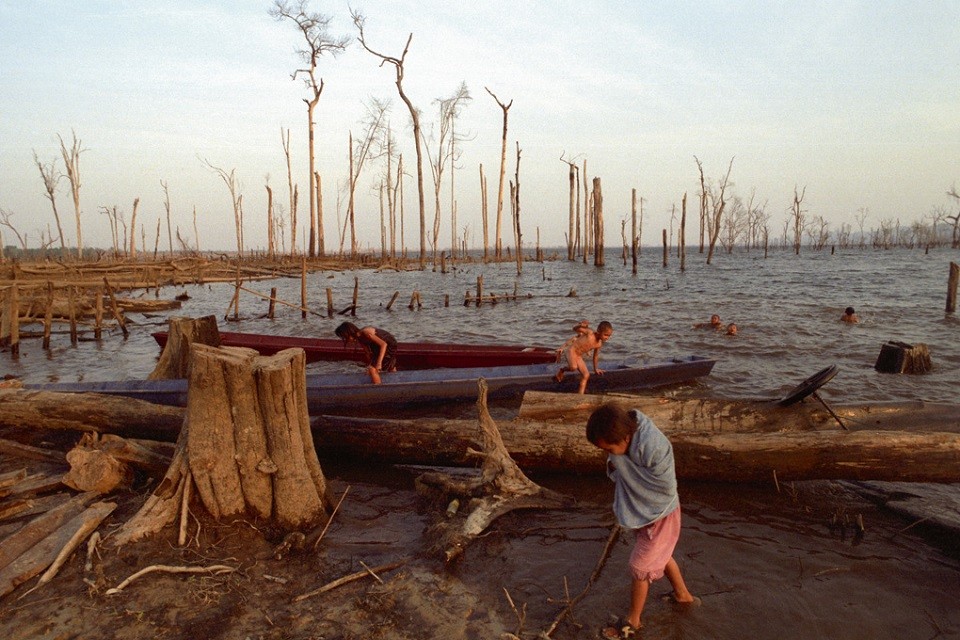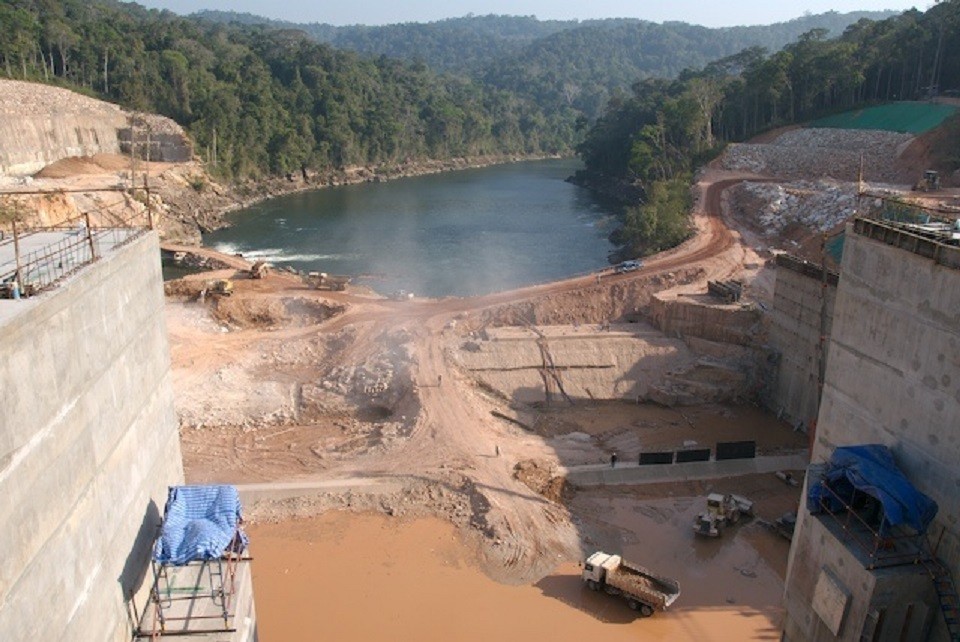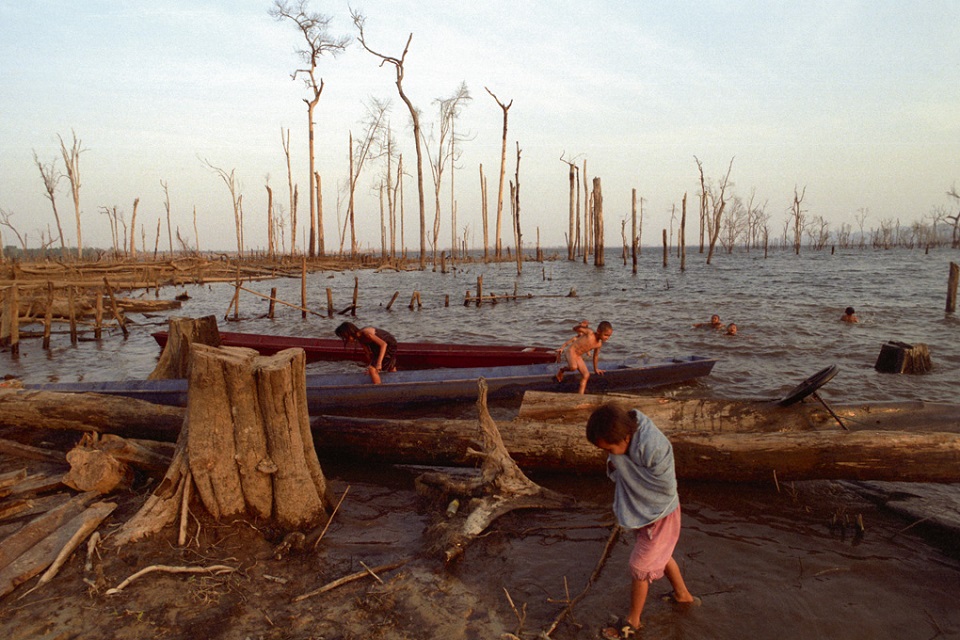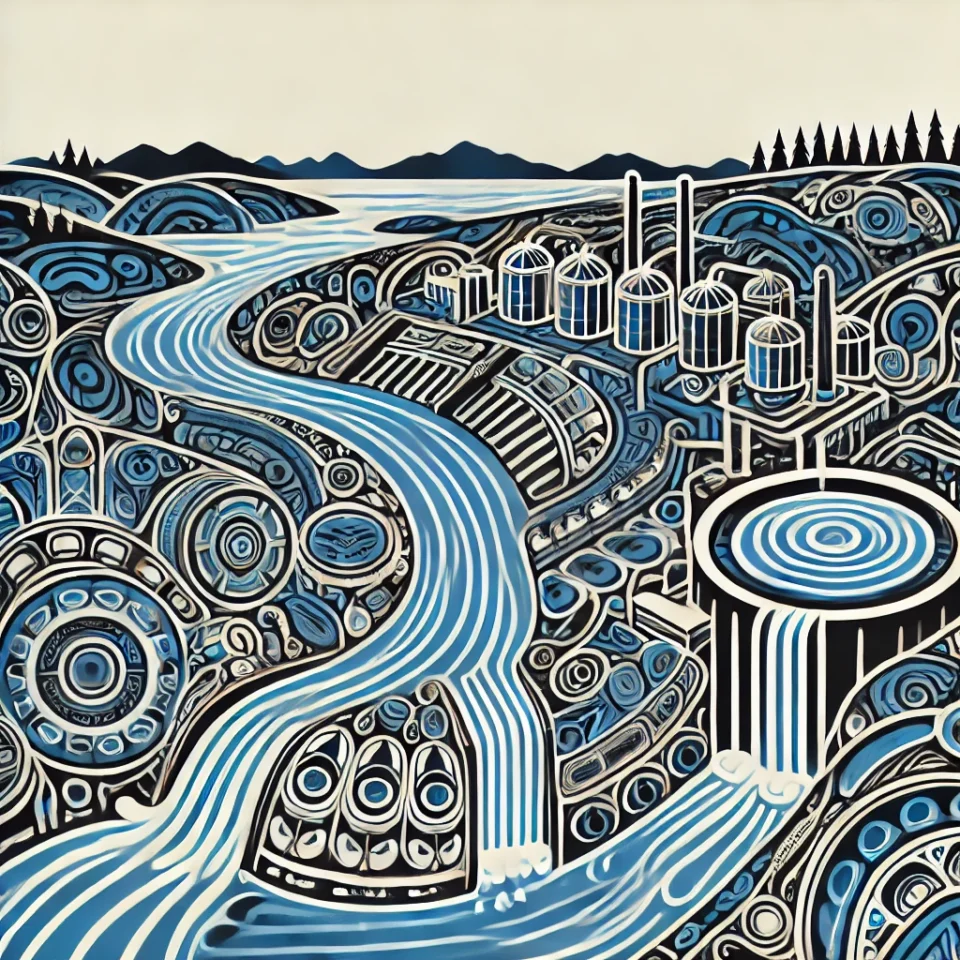
The affected people in the Nam Theun area have yet to receive a fair and full compensation for the human rights violations the dam has imposed on them.
Fan Li
In 2005 the approval of the Nam Theun 2 drew the attraction of the whole globe, not only because it is the largest hydro-power project in Laos so far, capable to export power to Thailand and supply the local area with electricity, but also because millions of dollars were provided in loan from the World Bank and the Asian Development Bank. It was the largest foreign investment to that time, and marked a return by the World Bank to funding large-scale infrastructure after a decade-long hiatus.
Taking into account that tens of thousands of Laotians have to bear the social and environmental costs of the project and Laos is one of the most corrupt countries in the world, according to Transparency International, the project is considered a high risk. The proponents of the dam, however, claim that Nam Theun 2 revenues will be used to reduce poverty in the country.
The commercial operation of the Nam Theun 2 hydropower project fully began in March 2010. In order to make way for the reservoir, approximately 6,200 indigenous people living on the Nakai Plateau have been resettled without their effective participation. No free, prior and informed consent had been obtained by the Laotian government before it acted on the project, despite it directly affecting indigenous people. Indigenous people are often vulnerable when extractive industries are built because the maintenance of their traditional and unique life style largely relies on land and natural resources.
Unsustainable Livelihood
After the resettlement upholding the traditional way of life is increasingly difficult for the affected indigenous people. They still have no source of sustainable livelihood, which is threatening their food security. From the report of the Panel of Experts 23, the five pillars of their livelihood, fisheries, forestry, agriculture, livestock and off-farm, are more or less adversely affected due to the relocation.

Downstream of the Nam Theun 2 dam during its construction, photo: Marcus Rhinelander
In the first years after the reservoir was filled the fish stock increased rapidly due to the abundant organic material, something which allowed for a few years big catches. However, this is only a temporary development, as the dam blocks fish migration and the stock dramatically declines. In short, the drop in fish catches, lack of dividend payment from forestry programs, decline in planting, insufficient forage for expanded livelihood and, slow pace in the development of tourism are all undermining the livelihood and stability of the community.
As a result of the loss of livelihood, some uncontrolled exploitation of land and natural resources are being carried out by the resettled people. This can potentially trap them in a vicious cycle by creating more difficult problems. Their particular way of life associated with the use of land is severely threatened.
Moreover, according to a monitoring agency, most resettled people they interviewed claimed to have insufficient rice to feed their families and lacked steady income that would ensure food security for the resettled households. This indicates that the compensations that the project developers are obligated to provide them with, have not been sufficient. At least till now, they seem not to have benefited from the hydropower project as the dam proponents claimed. It will even take a long time before the better adaptations and real sustainability come.
Self-determination
Considering that the stated goal for the resettlement areas is improved living conditions for the affected people, the project has failed to deliver on its promises. Instead plenty of human rights abuses can be observed in the process. Besides other concrete human rights violations, such as violations of the right to food, the right to health, the right to a standard of living and the right to education, one of the most crucial and fundamental rights empowered for indigenous people, the right to self-determination, is not respected by the Laotian government.
In this case, it seems more concerned about the internal aspect – freely pursuing their economic, social and cultural development and freely dispose of their natural wealth and resources rather than the external aspect. In compliance with the internationally recognized indigenous people’s rights, the people shall participate in the formulation, implementation and evaluation of plans and programmes for national and regional development which may affect them directly. The authorities, like the governments and project managers appear to be unaware of seriousness of this human rights issue. The voice of the resettled people can barely heard by the authorities.
Without the guarantee of their right to self-determination, the government is unlikely to respect, protect and fulfil other rights above-mentioned, considering the interdependence of rights. It is necessary to establish mechanisms, like self-autonomy organizations to guard the relocated people’s rights in terms of playing a crucial role in the decision making affecting them. After all, they are the ones who are largely affected by the Nam Theun 2 project.
Fan Li is an intern at the Fivas office in the fall of 2015. He is a master student at the Norwegian Centre for Human Rights at the University of Oslo.


 Vannets kretsløp:
Vannets kretsløp:
 Funksjon:
Funksjon: Hovedutfordringer:
Hovedutfordringer: